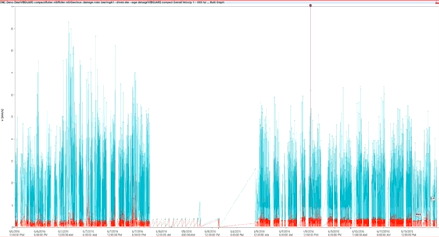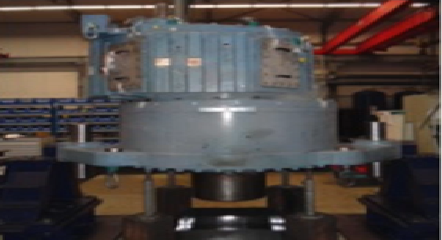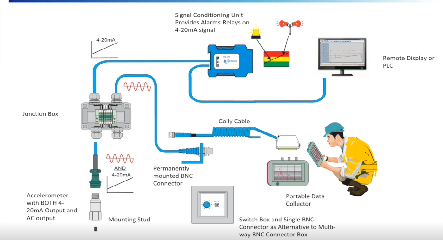What Are the Root Causes of Wear in Industrial Machinery?
Taking appropriate action is almost impossible if you don’t know what the root cause of the failure is. Generally speaking, there are a handful of causes that are found to be responsible for most of the damage to – and failure of – industrial machinery.
These root causes are:
Abrasion – Abrasion is the process by which particles trapped between two sliding surfaces cut, score and gouge material from a softer machine surface. A good example of this would be how sandpaper cuts steel.
Corrosion – Corrosive wear is the result of a chemical reaction that is accelerated by temperature. It is typically caused by moisture or another corrosive liquid or gas. Rust, or oxidation, is the most well known form of corrosive wear.
Fatigue – Fatigue wear is a consequence of subsurface cracking, which is caused by cumulative rolling contact loading of rollers and pitch lines of gear teeth. Fatigue causes chunks and platelets to break off, causing further damage as more contact occurs.
Adhesion – Adhesion takes place when the load between moving surfaces is transferred by metal-to-metal contact, causing friction. Lubrication is used to prevent this, but if lubrication is inadequate then friction rises to very high levels.
In addition to these four root causes, there are a number of other mechanisms that, in particular applications, can contribute to component failures in industrial machinery. These include surface erosion, electrical discharge, cavitation, and material deposition.
All forms of wear can pose a significant threat to the health of your machinery and the productivity of your operations. And unfortunately, identifying them can be extremely difficult, so the damage (to the machine itself and to your productivity) could be done before you’re even aware of an issue.
That’s why techniques such as vibration monitoring have become so important to so many industries. Through vibration monitoring you can follow a simple process to protect your machinery: first you detect the problem, then you identify the root cause, and finally you can take the appropriate corrective action.






